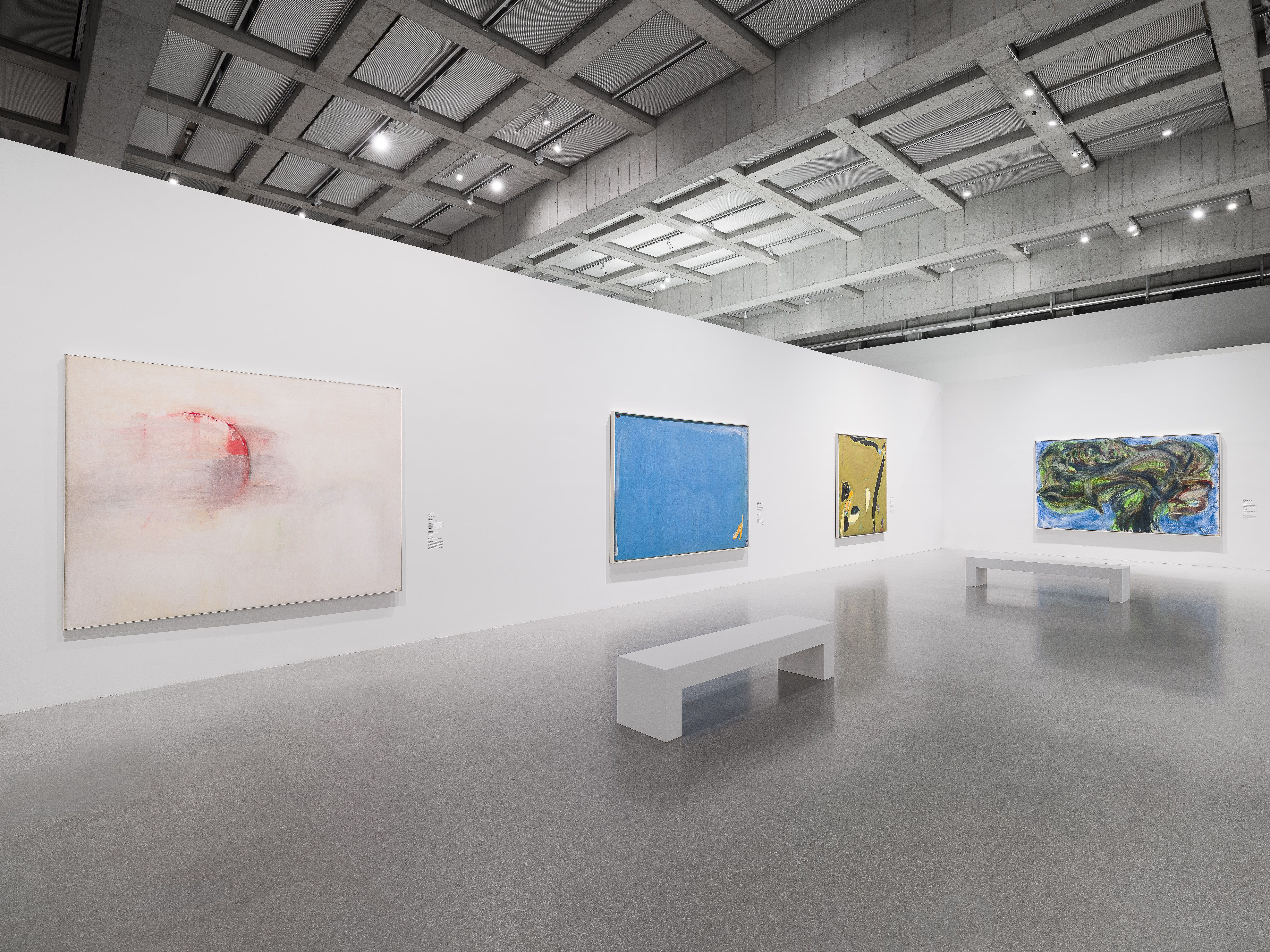After the Second World War, a new abstract language emerged in painting, grounded in free gesture, pure visuality, and respect for the specific nature of the pictorial medium, both in Europe and the United States. This gestural and material-focused abstraction quickly spread through various artistic circles. In France, alongside proponents of a more radical abstraction, many painters, such as Nicolas de Staël, sought to maintain a connection, albeit tenuous, to reality.
For many a number of artists, nature remained ever-present. This is evident in the works of Geneviève Asse and Frédéric Benrath, whose pieces evoke atmospheric qualities, as well as in Jean Messagier’s work, which draws inspiration from burgeoning vegetation in his tangle of abstract forms. The work of Olivier Debré exemplifies this approach, relying on more minimal signs, drawing on influences from Asian painting and spirituality. Two artists from Beijing, Zao Wou-ki and Chuang Che—the former in Paris, the latter in the United States, where he came into contact with American Abstract Expressionism—merge traditional Chinese landscape with Western abstraction.
